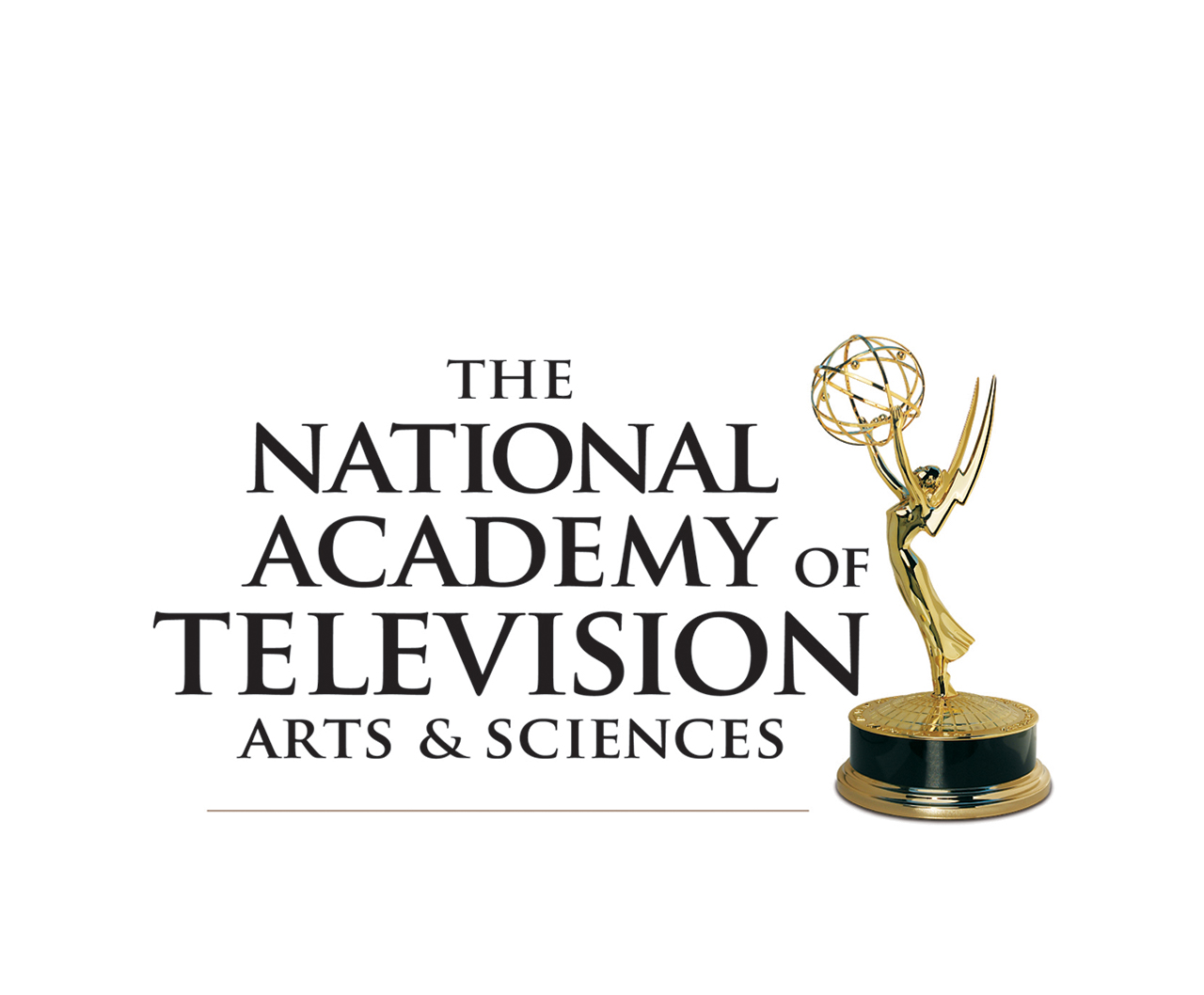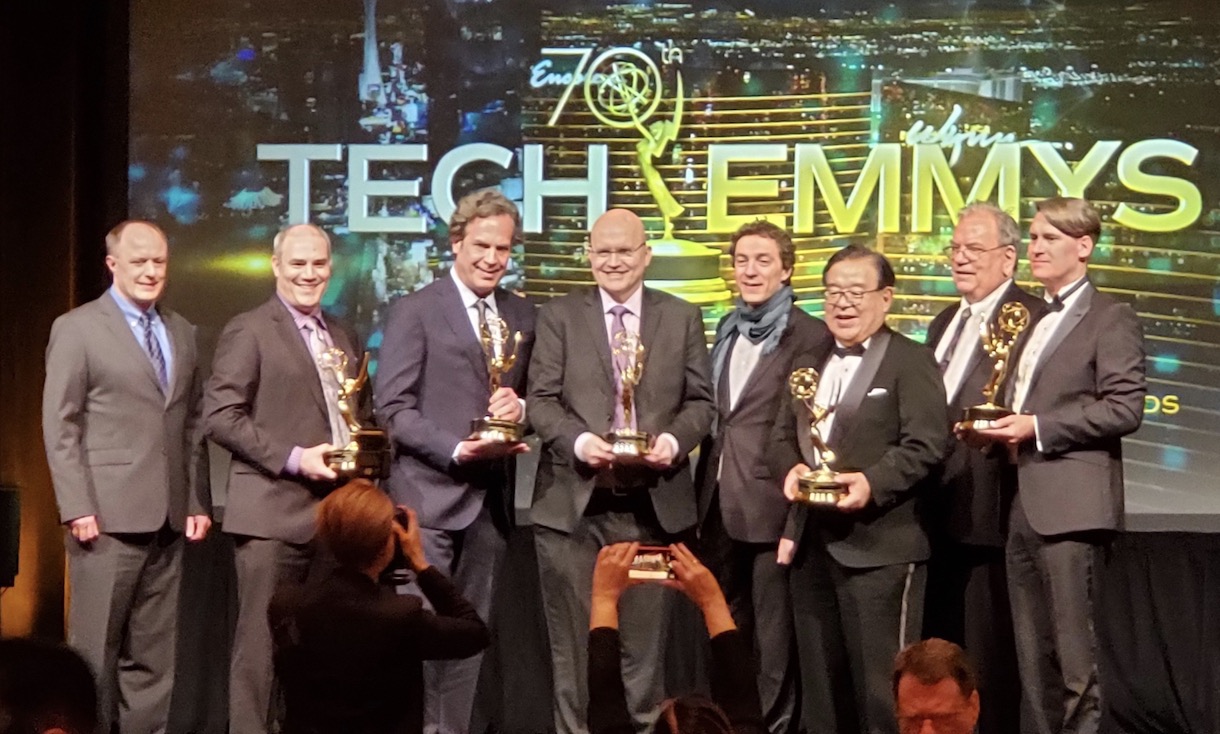News
W3C honored with a second Technology & Engineering Emmy® Award
8 April 2019 | Archive

 Last night in Las Vegas, as the NAB Show was kicked off by the 70th Annual Technology & Engineering Emmy® Awards ceremony, W3C representatives accepted our second Emmy® Award. The prestigious industry award recognizes our work to standardize a Full TV Experience on the Web.
Last night in Las Vegas, as the NAB Show was kicked off by the 70th Annual Technology & Engineering Emmy® Awards ceremony, W3C representatives accepted our second Emmy® Award. The prestigious industry award recognizes our work to standardize a Full TV Experience on the Web.
Among the myriad web technologies that the Web Consortium develops, HTML5 has brought videos to the Web, ending the era of plug-ins for media playback. The standards at the core of all web media applications today have turned the Web into an unprecedented media platform, which mixes professional and user-generated content, available anywhere, anytime, on any device, and to anyone.
This marks the second Technology & Engineering Emmy® Award that W3C has received. In 2016 W3C was awarded a Technology & Engineering Emmy® Award for its work on the Timed Text Mark-up Language standard. W3C is grateful for our community and all those who work to build standards and technologies for the web. You can read more in the W3C Blog.
Pointer Events Level 2 is a W3C Recommendation
4 April 2019 | Archive
The Pointer Events Working Group has published Pointer Events Level 2 as a W3C Recommendation. The features in this specification extend or modify those found in Pointer Events, a W3C Recommendation that describes events and related interfaces for handling hardware agnostic pointer input from devices including a mouse, pen, touchscreen, etc. For compatibility with existing mouse based content, this specification also describes a mapping to fire Mouse Events for other pointer device types. This new W3C Recommendation supersedes Pointer Events Level 1.
W3C Invites Implementations of WebVTT: The Web Video Text Tracks Format
4 April 2019 | Archive
The Timed Text Working Group has published an updated Candidate Recommendation of WebVTT: The Web Video Text Tracks Format. This specification defines WebVTT, the Web Video Text Tracks format. Its main use is for marking up external text track resources in connection with the HTML <track> element. WebVTT files provide captions or subtitles for video content, and also text video descriptions [MAUR], chapters for content navigation, and more generally any form of metadata that is time-aligned with audio or video content.
This specification is based on the Draft Community Group Report of the Web Media Text Tracks Community Group.
